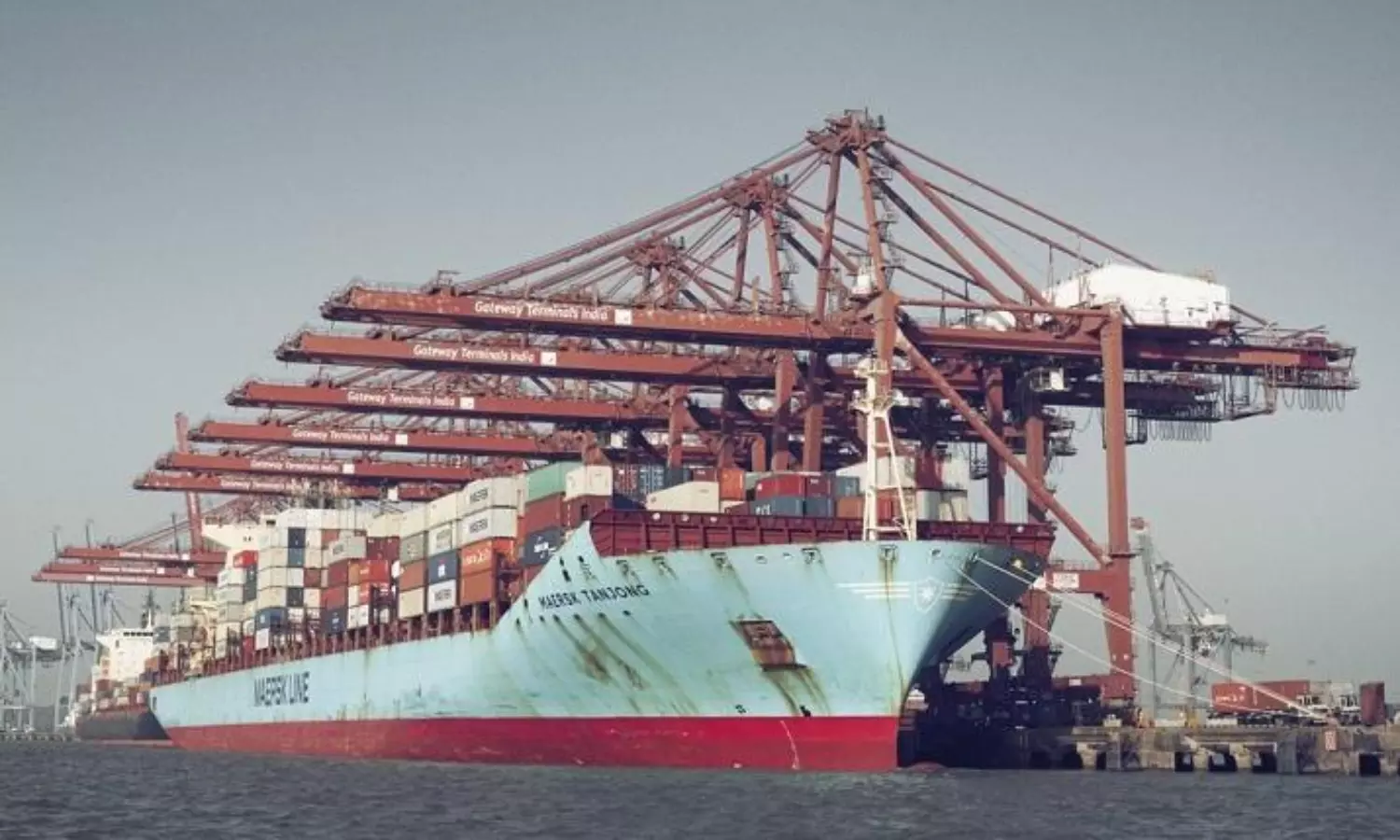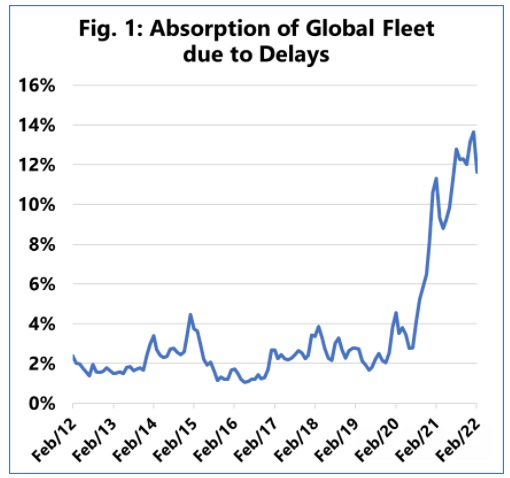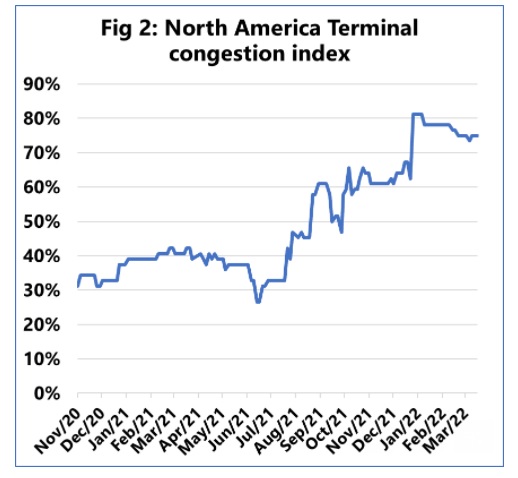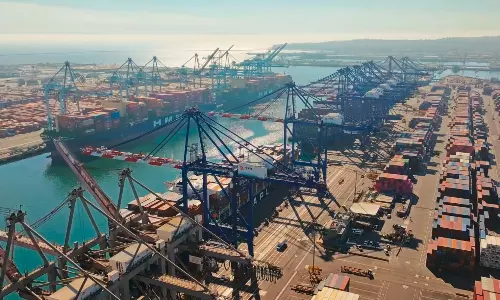Missing vessel capacity improves in February
Analysis based on Global Liner Performance (GLP) and Trade Capacity Outlook (TCO) databases of Sea-Intelligence.;

Missing vessel capacity improved to 11.6 percent in February from a record high of 13.7 percent in January based on Global Liner Performance (GLP) and Trade Capacity Outlook (TCO) databases of Sea-Intelligence.
"Additionally, we also used the latest data from HMM's bi-weekly customer advisories to update our terminal congestion index," says Alan Murphy, CEO, Sea-Intelligence.

Since the average delays have become very long in certain cases, "only a few of them will be captured in next month's GLP report, necessitating retroactive updates to the February data.
This means that schedule reliability for February will likely be worse than what is being reported now as all retroactive updates are for delayed vessels. Using the monthly adjustments of the past year, the February 2022 capacity absorption will likely be 11.7%-11.8%."
The terminal congestion index saw a gradual improvement over the past two months in North America (Figure 2) but the index is still at an elevated level. "We see the same trend for intermodal congestion.
"In Europe, there has been no improvement in the past three months in the terminal congestion, and there is no sign of imminent improvement," Murphy said.

On the intermodal side, Murphy added that congestion is not seen as high as in North America, suggesting problems in Europe are more heavily focused specifically on terminals.


